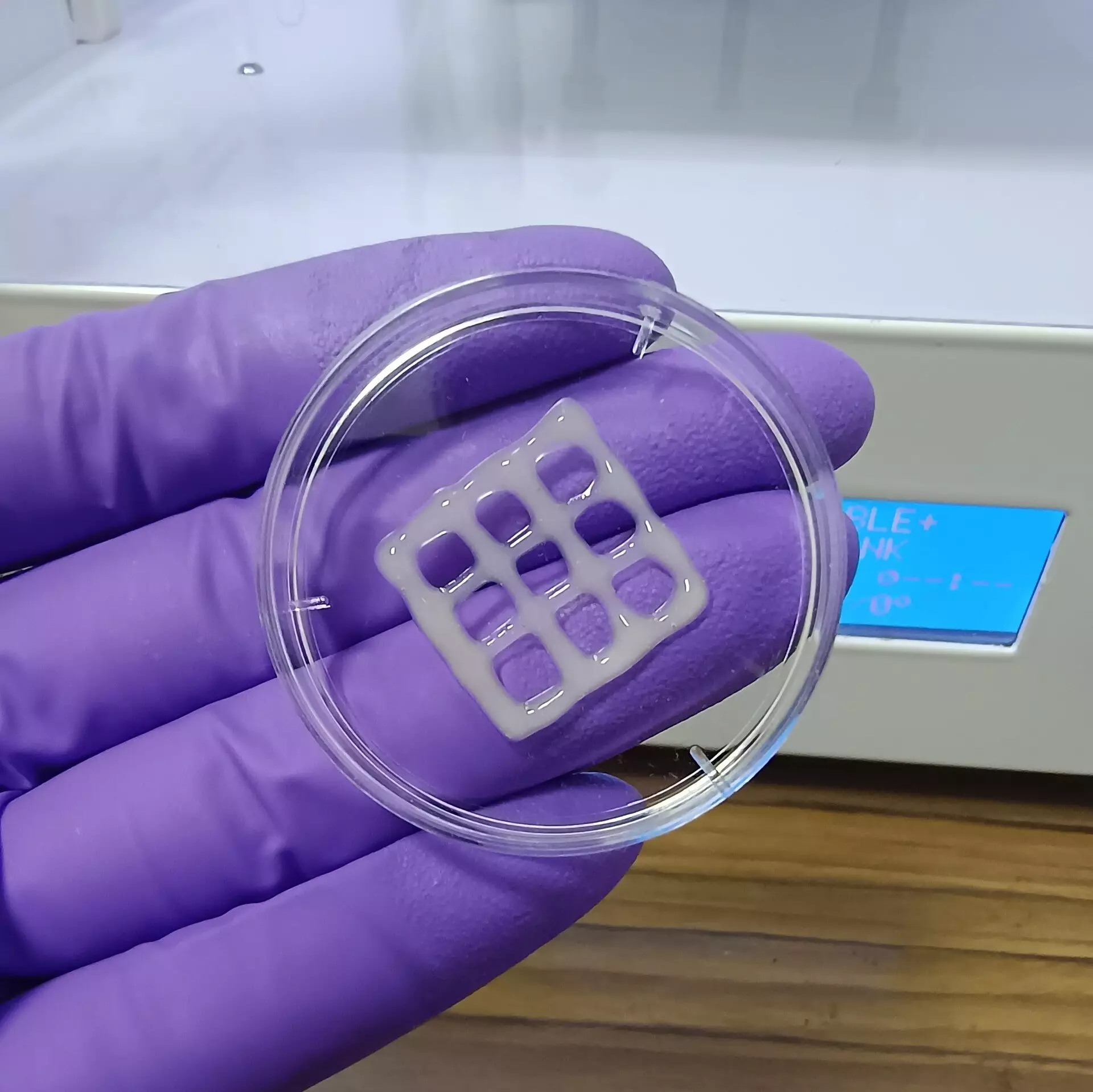Lung diseases represent a significant global health crisis, claiming millions of lives annually. With treatment options remaining largely limited, researchers strive to develop more effective ways to model and understand these complex conditions. Recent advancements in bioengineering, particularly in the realm of 3D bioprinting, showcase promising strategies that may revolutionize how lung ailments are studied and treated.
Diseases such as chronic obstructive pulmonary disease (COPD) and cystic fibrosis impose tremendous burdens on healthcare systems worldwide. Despite advancements in medicine, a definitive cure for these persistent ailments remains elusive. Patients often rely on organ transplants, but donor organs are scarce. This scarcity fueling the urgency for innovative alternatives, including the development of new therapies derived from an in-depth understanding of lung biology. Traditionally, research has depended heavily on animal models, particularly rodents. However, these models frequently fall short, unable to fully encapsulate the intricate nuances of human pulmonary systems. This limitation raises significant concerns about the predictive validity of results derived from animal testing, underscoring the need for more sophisticated tools.
Bioengineered Solutions: The Role of 3D Printing
In response to these challenges, bioengineers are increasingly focusing on lab-grown lung tissues to advance research in pulmonary diseases. 3D bioprinting emerges as a cutting-edge solution, allowing the creation of structures that closely mimic natural lung tissue. However, the success of such printing endeavors largely depends on the bioink employed—an aspect that has proven difficult to optimize. Recent endeavors by researchers, including those led by Ashok Raichur, have introduced innovations in this arena, particularly by employing unique components like mucin, which has not been extensively utilized in bioprinting applications until now.
Mucin, a major constituent of mucus, possesses properties that may optimize cell growth and survival. The research team initiated their endeavor by synthesizing methacrylated mucin (MuMA), enhancing its compatibility for 3D printing. Upon incorporating lung cells along with this modified mucin, they further included hyaluronic acid—a vital natural polymer that boosts both the viscosity of the bioink and the attachment and growth of cells. The bioink was then subjected to intricate 3D printing processes, allowing the formation of patterned structures that were subsequently crosslinked using blue light. This innovative step anchored the bioink materials into a stable yet porous gel architecture.
The Implications of Bioink Development
The resulting structures not only demonstrated nontoxic characteristics but also exhibited a notable capacity for water absorption, vital for sustaining cell life. Moreover, the interconnected pore system facilitated nutrient and oxygen diffusion, essential processes that underpin successful tissue growth and regeneration. This engineered tissue not only holds promise as a platform for future lung implants but could also serve as an invaluable tool for creating advanced models to study lung diseases.
The gradual biodegradation of these bioink constructs heralds a transformative potential; as the tissue is replaced naturally by new cells, it suggests a path toward self-repairing implants that could one day be used in patients suffering from diverse lung-related conditions. This innovation does not merely represent a technological achievement but poses profound implications for the future of personalized medicine.
Future Perspectives
Moving forward, this new bioink material could reshape how researchers approach the study of lung physiology and disease mechanisms. Its versatility opens a myriad of avenues not only for vaccine testing and personalized treatments but could also enhance our understanding of various lung pathologies. As research continues, the collaboration between bioengineers and medical scientists will be crucial in translating these laboratory innovations into clinical applications, ultimately aiming to alleviate the global burden of lung diseases.
Advancements like the development of mucin-based bioinks represent a significant leap forward in biomedical engineering, bringing fresh hope for enhancing lung disease research, paving the way toward effective treatments, and potentially saving countless lives in the process.


Leave a Reply